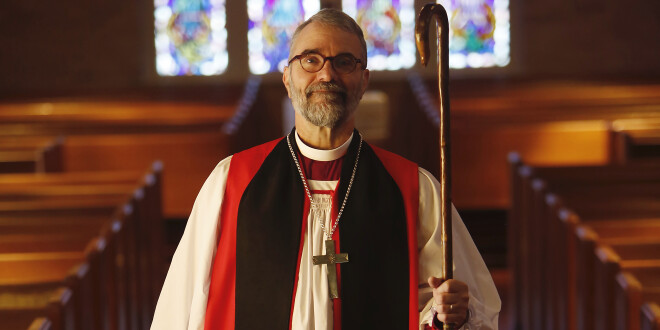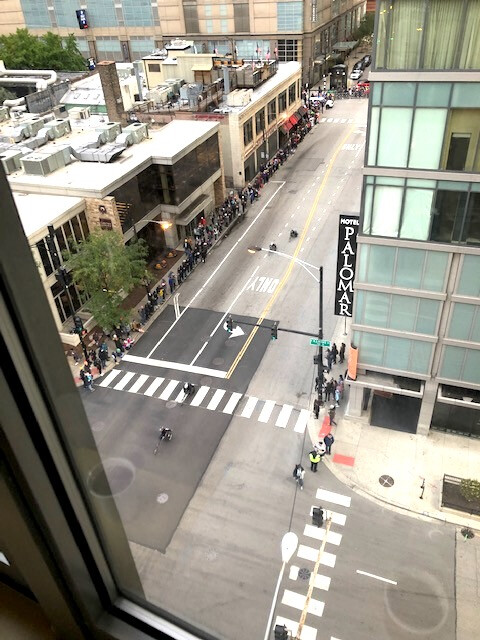Communion Matters VII: Warp and Woof

We as Anglicans are part of a worldwide communion of Churches. But what if I told you that none of the newer Churches were evangelized by the Churches from which the missionaries came? This is in fact true- they were all sent by missionary societies. Bodies like the Church Missionary Society (evangelical) or the Universities’ Mission to Central Africa (Anglo-Catholic) of the YMCA (ecumenically evangelical) were the ones who sent them forth. They were lay led; they had a focused mission, e.g. conversion; they had bishops on their boards, to be sure, but had a freedom which independence from the ecclesial structure can provide.
If we take the longer view, we can see that the Church in general is the interplay of structure and voluntary society in the interstices, as warp and woof. In the early Church there were monastic communities, later the friars, and then the prayer cells of the pietists, and then the mission societies, and then para-church and renewal groups. Often the energy of the Holy Spirit rises up in those specialized callings, these more intense communities. And yet there needs to be the skeleton, the scaffolding, of the Church, for the sake of continuity and on-going community.
We see this dynamic still in our common life in the Fellowship of St. Andrew, the Daughters of the King, the Mothers; Union, our lay order of evangelists, etc., with their continued vitality, and the adjustments needed for their continued ministry are imperatives of our time. There was an influential book called Bowling Alone by Robert Putnam, which catalogues the decline of joining and affiliation. But just what we do know is that the on-going pattern and dynamic of warp and woof remains.
Peace, +GRS



